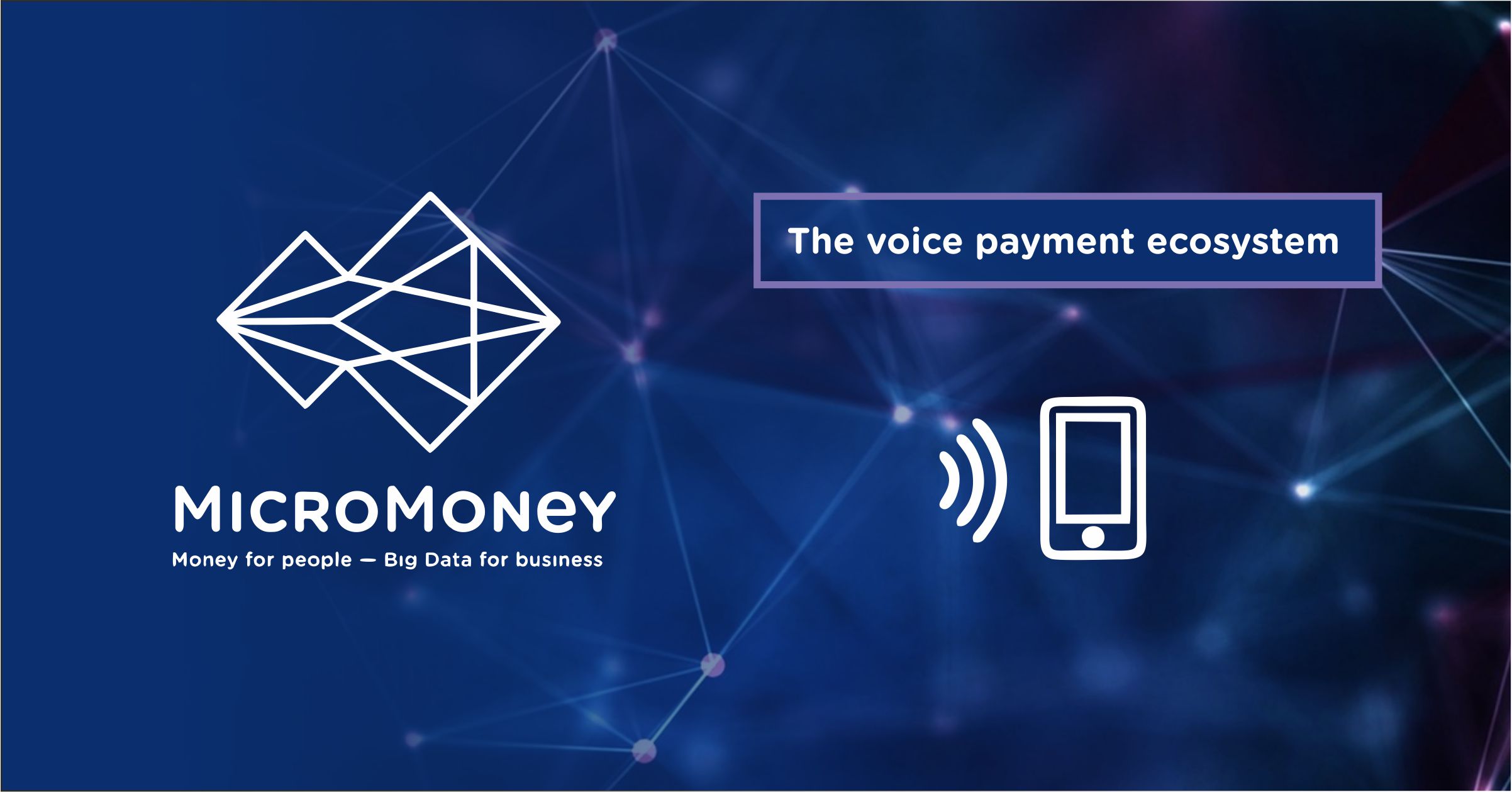The rise of the voice payments ecosystem
Money and its exchange through payments have evolved a lot from the time of its inception. From goods to grain, from metal coins to paper, from bank accounts to e-wallets, money has taken various shapes, sizes, and forms. Payments evolved from a barter system to the token system to cash pooling to cashless payments. Over the last decade or so, payment technologies have grown at a dizzying pace. The introduction of new voice-driven digital assistants has captured the imagination of consumers and businesses alike. As more developers build capabilities for these devices, consumers will increase usage, providing the springboard for integration with digital banking solutions such as voice-driven payments. The number of global customers using voice-assistants is on rapid increase with a CAGR of 29.4% and is expected to reach 1.83 billion by 2021. It is becoming clear that the next battle in the tech world will be around voice-driven digital assistants, such as the Apple Siri, Amazon Alexa, Microsoft Cortana, Google Assistant/Now and Samsung Bixby/Viv. While the attention has moved from smartphone assistants to home hubs, the real excitement will begin as the underlying AI and machine learning begins to deliver detailed, contextual, and highly personalized responses that will make a consumer’s life easier. While financial services have been one of the biggest beneficiaries of such innovations around mobile tech and IoT, MicroMoney has also embraced this newest addition of technology to enhance its service to customers.

Clearly, voice-first devices are the next big frontier in the global financial services space. What initially started off as a means of engaging with the customers and answering their queries has expanded beyond mere customer service to transactional banking and payment services. Banks are now looking at these voice-assistants to deliver personalized services to their customers who can use them with just their voice. The adoption has already begun significantly as an estimated 8%-10% of US customers have used a form of voice payment at least once.
There are plenty of reasons consumers are using voice more, with saving time and the simplicity of the process being mentioned most. Not surprisingly, as with most digital technologies, security of data and personal information is a primary concern holding people back from voice-first commerce. In addition, there is a need to get the best hardware and software in the hands of users.
The major advantage of voice FinTech is its personalization. Voice is a immensely rich, raw, and unstructured source of customer data, harnessing which can present valuable insights around customer behavior and needs. Also, most of these tech giants active in the voice-space already have deep roots in customer data. Thus, voice-FinTech can potentially be a game changer in terms of context-aware engagement and concierge services. Also, in conversational banking, each interaction can be adapted to reflect the bank’s brand identity and the customer’s individual profile, delivering enhanced customer experience as well as brand loyalty. From a reactive-listening tool to an intelligent concierge and recommendation engine, voice-enabled digital assistants have evolved to enable banks, FIs, and retailers to deliver next-gen smart payments.
In addition to some major voice assistance by tech conglomerates, there are also several FinTech enablers (e.g. Nuance, Personetics, Kasisto, etc.) available.
A considerable number of banks, financial institutions, and new FinTech players are already using voice for their banking operations. Through these leading voice assistants, banks are enabling their customers to check balance, make fund transfers, pay credit card or other bills using the technology.
Some banks have taken a further step by creating their own voice-enabled digital assistants such as Santander Bank, Bank of America, Ally Bank, and Garanti Bank.
Some of the other financial institutions leveraging voice-assistants are Liberty Mutual, Fidelity Investments, Ameritrade, PayPal, etc. FinTech players are not far behind, as some of the leading players in their segments, leveraging voice assistants are — Monzo, Venmo, Azimo, etc.
In the coming years, we can expect more devices, more accuracy, more applications, and more adoption. The scope of voice payments will begin to evolve from reactive listening to prompts and suggestions. Advancements in conversational AI and predictive analytics will lead to voice-assistants providing comprehensive, context-aware digital concierge services. Security and authentication of voice payments will become a major area of focus and will be implemented, possibly through regulatory intervention. That will increase confidence and comfort. We can also expect a growing demand for interoperability between various voice-assistants, pushing for a convergence between major voice-payment services using Siri, Alexa, Google Assistant, and others.
All in all, MicroMoney is aware that there is a lot happening in the voice-enabled FinTech space with several banking & payment capabilities by banks coming to the fore. For example, MicroMoney and BiBox, AI enhanced encrypted digital asset exchange started negotiations recently. With its mission of financial inclusion opportunity for over 2 billion of unbanked and underbanked people into the global financial system, Micromoney with great help of BiBox will provide for mutual clients foster economic growth and implement mutually beneficial technological solutions.
Voice, will indeed, change the way we look at FinServ. Companies that improve these interactions and experiences will benefit — with some having the potential to become the hub of a consumer’s entire lifestyle. Other firms, including many financial services such as MicroMoney, may be relegated to being a supplier to another firm’s relationship with the consumer.